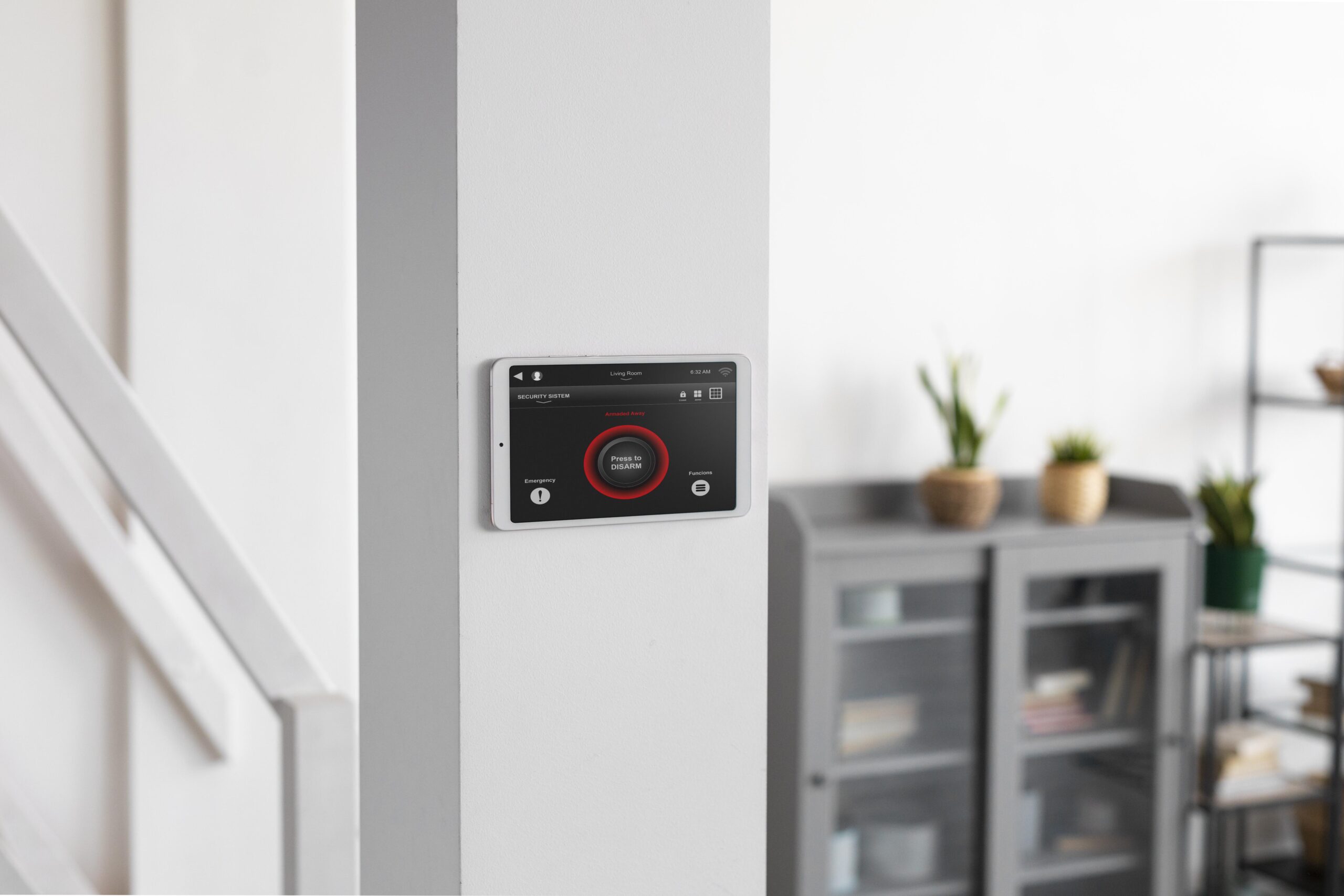How Much Does Mobile App Development Cost? A Comprehensive Guide
Mobile apps are a fundamental part of modern business strategy. Whether you’re a startup, a growing enterprise, or an established brand, having a mobile app can provide your customers with a seamless experience and increase your engagement. However, one of the biggest questions businesses often face is: how much does mobile app development cost?
While the answer can vary widely based on multiple factors, in this blog, we’ll break down the key elements that influence the cost of developing a mobile app.
1. Type of Mobile App
The kind of app you want to build is one of the largest contributors to the cost. Mobile apps can be categorized into three main types:
- Basic Apps: These are simple apps with limited functionality and no need for back-end servers. They might include basic features like a calculator, note-taking, or a simple information display. Estimated cost: $10,000 – $25,000.
- Moderately Complex Apps: These apps have more functionality, such as integration with databases, APIs, and possibly user authentication. An example would be e-commerce apps or a social media app with limited features. Estimated cost: $25,000 – $75,000.
- Highly Complex Apps: These involve sophisticated features such as real-time syncing, advanced data processing, AI-based elements, and custom backend architecture. Examples include Uber, Airbnb, and other high-end applications. Estimated cost: $75,000 – $250,000+.
2. Platforms: Android, iOS, or Both
Another significant factor is the platform for which the app is being developed. Apps can be built for Android, iOS, or both (cross-platform development).
- Android: Development for Android usually takes longer due to the diversity of devices and screen sizes it needs to support. This can marginally increase the cost. Additional cost: 10-20% higher than iOS for complex apps.
- iOS: iOS app development is generally faster due to a more uniform operating environment, but Apple’s stringent app store requirements might need special attention. Costs: Typically comparable to Android for simpler apps.
- Cross-Platform Apps: If you want to launch on both platforms, cross-platform development using frameworks like React Native or Flutter may save costs by reusing much of the codebase. However, performance limitations could affect highly complex apps. Estimated cost: $50,000 – $150,000, depending on complexity.
3. App Features and Functionality
The features you include in your app are among the most significant cost drivers. Below are some of the most common features and their associated costs:
- User Authentication & Profiles: Allowing users to create and manage profiles typically involves database integration and security protocols. Cost: $3,000 – $7,000.
- Push Notifications: Integrating push notifications is essential for user engagement, but it requires a back-end server to manage them. Cost: $2,000 – $5,000.
- In-app Purchases: If your app needs to integrate with payment gateways like Stripe or PayPal, it will increase both complexity and cost. Cost: $5,000 – $10,000.
- Third-party Integrations: APIs for social media, GPS, or other third-party services will add to development time. Cost: $2,000 – $10,000 depending on the API.
- Real-time Features: Real-time chats, data syncing, and location tracking require continuous server interaction, which increases the complexity of the project. Cost: $10,000 – $50,000.
4. Design & User Interface
A well-designed app can make all the difference in user satisfaction, but it can also significantly impact the development cost.
- Simple UI/UX Design: Basic designs with pre-made templates are quicker and cheaper to implement. Cost: $5,000 – $10,000.
- Custom UI/UX Design: Custom animations, transitions, and highly responsive designs that are tailored to your branding will increase costs. Cost: $10,000 – $30,000+.
- Prototyping & User Testing: Before development, a clickable prototype can be created and tested with users to ensure the design works effectively. Cost: $5,000 – $15,000.
5. Backend Development
Most apps require a server-side backend to manage data, process transactions, and provide the user with real-time data. Developing a robust backend infrastructure can take a significant chunk of the budget.
- Simple Backend: For apps that require basic data storage and retrieval (like user logins and basic notifications), a simple backend may suffice. Cost: $10,000 – $20,000.
- Complex Backend: Apps with high-performance needs, such as social networking apps or real-time services (e.g., Uber, chat apps), will need a more powerful and complex backend infrastructure. Cost: $25,000 – $100,000+.
6. Maintenance & Updates
The cost of developing an app doesn’t stop when it’s launched. Regular updates, bug fixes, and maintenance are essential for keeping your app functional and relevant.
- Monthly Maintenance: Developers often charge 15-20% of the initial development cost annually for ongoing maintenance. Estimated cost: $1,000 – $10,000 per month depending on the complexity.
- Feature Updates: Adding new features post-launch can cost nearly as much as developing them during the initial build. This should be factored into your budget. Cost: $5,000 – $30,000 per update.
7. Team Composition
The team you hire for the project can also significantly affect the overall cost.
- Freelancers: Hiring freelance developers can be cheaper upfront but may result in lower quality or delayed delivery. Hourly rate: $15 – $80 per hour.
- Mid-sized App Development Agencies: These agencies offer a balanced option between cost and quality, providing access to a wide range of expertise. Hourly rate: $50 – $150 per hour.
- Enterprise-level Agencies: Large companies or enterprises often turn to top-tier development firms that provide end-to-end solutions, including strategy, design, development, and ongoing support. Hourly rate: $150 – $300+ per hour.
8. Geographical Location
The location of your development team also has a big impact on cost:
- USA/Canada: $100 – $250 per hour
- Western Europe: $80 – $200 per hour
- Eastern Europe: $30 – $100 per hour
- India/Southeast Asia: $15 – $50 per hour
Conclusion: A Flexible Budget
In summary, the cost of mobile app development can range from as little as $10,000 to over $250,000 depending on the type of app, the features, platform(s), design, and development team you choose. To get an accurate estimate, businesses need to define their app’s purpose, target audience, and required functionality in detail.
While mobile app development can seem costly upfront, it’s essential to view it as an investment in your business’s future. A well-designed, feature-rich app can deliver significant returns through customer engagement, increased sales, and a stronger brand presence














1 comment